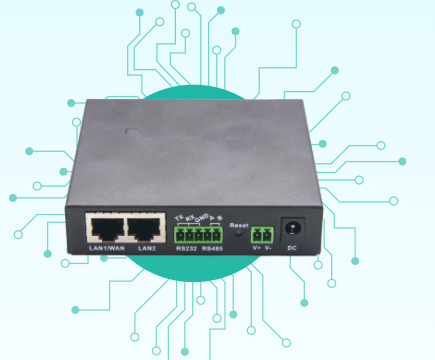SEARCH
— 葡萄酒 | 威士忌 | 白兰地 | 啤酒 —
— 葡萄酒 | 威士忌 | 白兰地 | 啤酒 —

WiFi signals are radio waves, similar to those emitted by phones or radios. However, their shorter wavelengths cause signal strength to weaken with distance. Industrial-grade routers have limited coverage, and obstacles like walls or metal objects further absorb signals, making proper placement critical for optimal performance.
Step 2: Avoid Physical Obstructions
Step 4: Antenna Alignment

Wi-Fi 6 (802.11ax), as a mature next-generation wireless communication technology, is increasingly being deployed in Industrial IoT (IIoT) applications. Compared to its predecessor Wi-Fi 5 (802.11ac), Wi-Fi 6 offers comprehensive improvements that...
View detailsTen hours into debugging a bricked BYD Han gateway, colleagues—let me confess: the real battlefield in the secondhand EV market isn’t battery degradation charts or flashy OTA updates. It’s the unglamorous gateway used vehicles engineering that sep...
View detailsIn the global industrial communication sector, 3G technology was once a core wireless data transmission solution. However, with the rapid adoption of 4G LTE and 5G, the market share of 3G industrial routers has significantly declined in recent years.
View detailsHello fellow forum members! I've been seeing many newcomers asking questions like "Can I use my old router as a WiFi extender?" and "Can any router work as a repeater?" As someone who's been active on these forums for years, today I'll give you a ...
View detailsMo